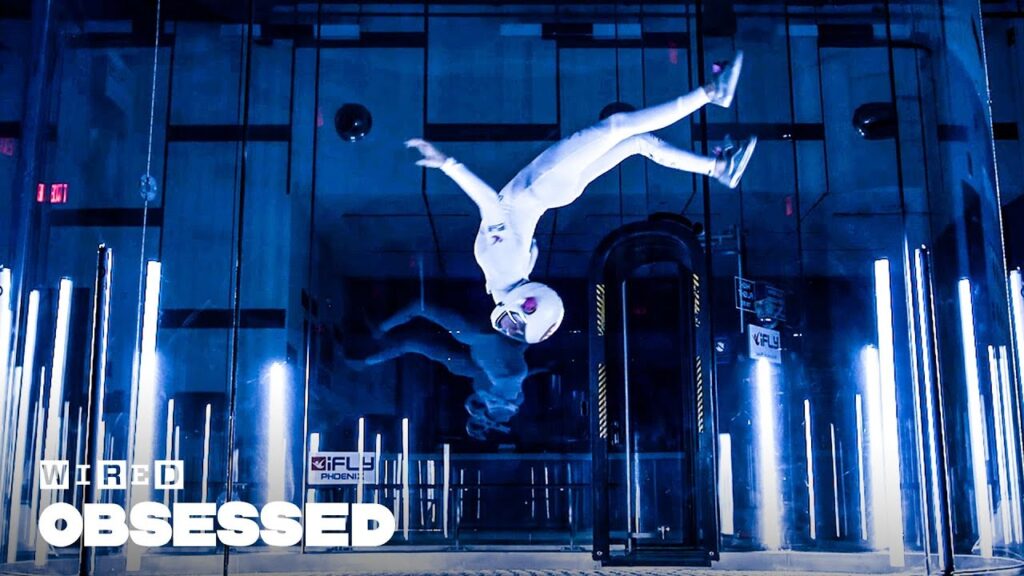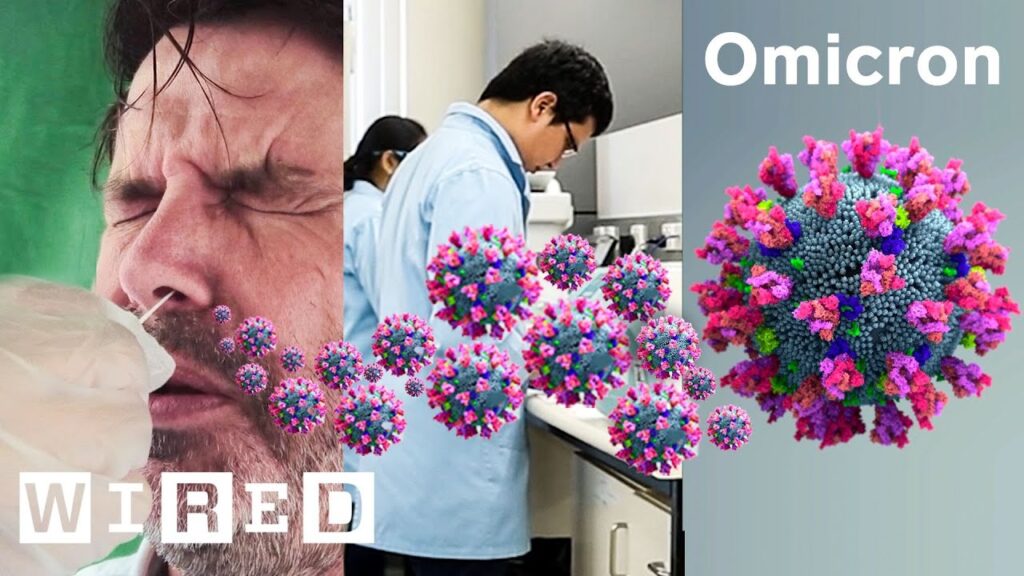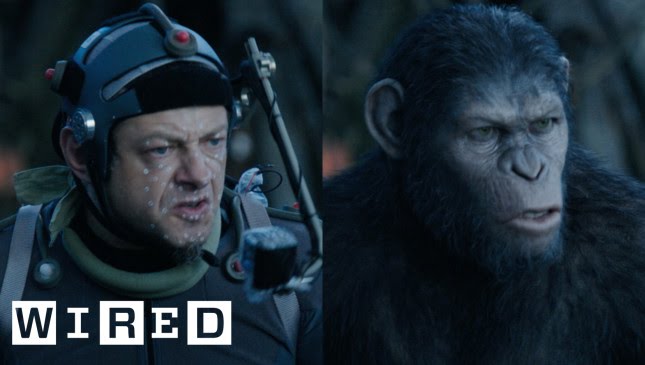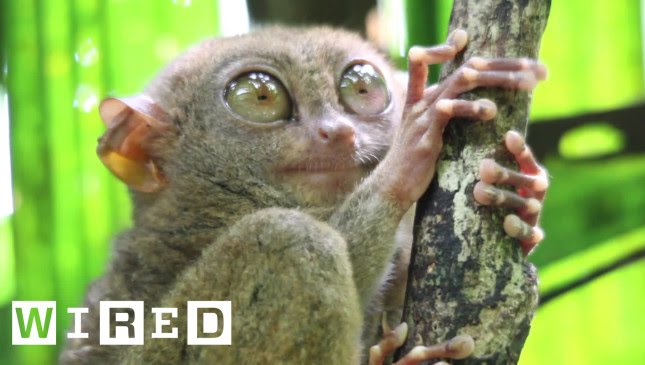A Comprehensive Guide to the Dinosaurs of Jurassic Park and Jurassic World
Summary
In this article, we will explore the dinosaurs and prehistoric creatures portrayed in the popular Jurassic Park and Jurassic World movies. From the long-necked Brachiosaurus to the heavily armored Ankylosaurus, we will discuss the anatomy, behavior, and accuracy of these iconic creatures. While the films take some artistic license, they have made an effort to involve scientists and accurately depict the animals’ anatomy and behavior.
Table of Contents
- Introduction
- Q&A
- What is Brachiosaurus?
- What is Parasaurolophus?
- What is Velociraptor?
- What is Triceratops?
- What is Tyrannosaurus rex?
- What is Dilophosaurus?
- What is Gallimimus?
- What is Procompsognathus?
- What is Stegosaurus?
- What is Pachycephalosaurus?
- What is Ceratosaurus?
- What is Lambeosaurus?
- What is Ankylosaurus?
- What is Spinosaurus?
- What is Pteranodon?
- Are Mosasaurus and Mosasauria dinosaurs?
- What are Baryonyx and Carnotaurus?
- What is Allosaurus?
- What is Apatosaurus/Brontosaurus?
- What is Indominus rex?
- What is Indoraptor?
Introduction
Jurassic Park and Jurassic World are some of the most popular movie franchises in the world, featuring iconic prehistoric creatures that have captivated audiences for years. While the films take some artistic license, they have made an effort to involve scientists and accurately depict the animals’ anatomy and behavior. In this article, we will explore the dinosaurs and prehistoric creatures portrayed in these films, discussing their anatomy, behavior, and accuracy.
Q&A
What is Brachiosaurus?
Brachiosaurus is a long-necked, plant-eating sauropod with longer forelimbs and a vertically held neck it likely used for high browsing. In the Jurassic Park franchise, it is featured in the iconic scene where it rises on its hind legs to reach for leaves on a tree. While the film portrays Brachiosaurus accurately, the actual animal was even larger and likely had a more horizontal posture than depicted in the film.
What is Parasaurolophus?
Parasaurolophus is a crested duck-billed dinosaur with an elongated crest on its head, probably used for vocalization, recognizing its own species, or for sexual display. In the Jurassic Park franchise, it is shown in the scene where it communicates with other dinosaurs through its distinctive cry. While the film’s portrayal of Parasaurolophus is generally accurate, there is debate among scientists about the function and structure of the crest.
What is Velociraptor?
Velociraptor is a small carnivorous dinosaur, seen as a fleet-footed, fast animal and could have been partially covered in feathers. In the Jurassic Park franchise, it is portrayed as a cunning and intelligent predator capable of working in packs to take down larger prey. While the film takes some artistic license, the portrayal of Velociraptor as intelligent and potentially feathered is supported by scientific evidence.
What is Triceratops?
Triceratops is an iconic dinosaur with three large horns on its head and a frill on its back that lived alongside Tyrannosaurus. In the Jurassic Park franchise, it is featured prominently in several scenes, including a memorable confrontation with the T. rex. While the film’s portrayal of Triceratops is generally accurate, the actual animal was likely more drab in coloration and may have had an even larger frill than depicted in the film.
What is Tyrannosaurus rex?
Tyrannosaurus rex is one of the most popular dinosaurs, portrayed as the top dinosaur in the Jurassic Park franchise, with relatively poor vision, and possibly more intelligent than other dinosaurs. While the film’s depiction of T. rex as a fierce and formidable predator is supported by scientific evidence, the actual animal likely had better vision than depicted in the film and may have been covered in feathers.
What is Dilophosaurus?
Dilophosaurus is portrayed inaccurately in the Jurassic Park franchise with a large frill and spat poison, and likely would have attacked using its teeth. While the film’s portrayal of Dilophosaurus may have been influenced by popular misconceptions about the animal, the actual animal was likely larger and more robust than depicted in the film.
What is Gallimimus?
Gallimimus is accurately portrayed in the Jurassic Park franchise as one of the speediest animals during late Cretaceous times, seen herding through an open field and fleeing from a hungry Tyrannosaurus. While the film takes some artistic license, the portrayal of Gallimimus as a fast and agile animal is supported by scientific evidence.
What is Procompsognathus?
Procompsognathus is a small carnivorous dinosaur that plays a major role in the beginning and end of the Jurassic Park franchise, though we have no direct evidence of social behavior or its gregariousness. While the film’s portrayal of Procompsognathus may be influenced by popular misconceptions about the animal, the actual animal was likely larger and more robust than depicted in the film.
What is Stegosaurus?
Stegosaurus is an armor-plated dinosaur with a big series of spikes on the back of its tail, and likely used its tail as a defensive weapon. In the Jurassic Park franchise, it is shown as a relatively docile herbivore, though it is capable of defending itself against predators. While the film’s portrayal of Stegosaurus is generally accurate, the actual animal likely had a more robust tail and a more horizontal posture than depicted in the film.
What is Pachycephalosaurus?
Pachycephalosaurus is a dinosaur with a big domed head, often portrayed in popular media as being used for head-butting. In the Jurassic Park franchise, it is shown as a relatively docile herbivore, though some popular depictions do show it using its head to defend itself. While the film’s portrayal of Pachycephalosaurus is generally accurate, there is debate among scientists about the function and structure of the animal’s dome.
What is Ceratosaurus?
Ceratosaurus is a carnivorous dinosaur recognized by its single horn on the







